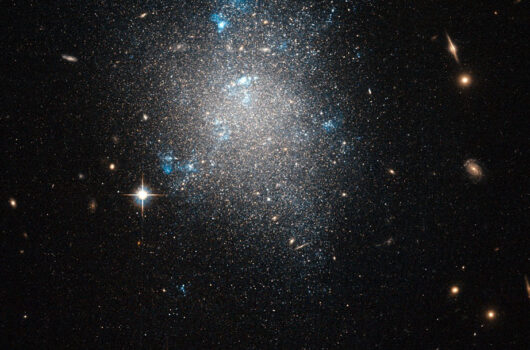Comparing Treatments of Weak Reactions with Nuclei in Simulations of Core-collapse Supernovae
Comparing Treatments of Weak Reactions with Nuclei in Simulations of Core-collapse Supernovae
View
Abstract
We perform an extensive study of the influence of nuclear weak interactions on core-collapse supernovae, paying particular attention to consistency between nuclear abundances in the equation of state (EOS) and nuclear weak interactions. We compute properties of uniform matter based on the variational method. For inhomogeneous nuclear matter, we take a full ensemble of nuclei into account with various finite-density and thermal effects and directly use the nuclear abundances to compute nuclear weak interaction rates. To quantify the impact of a consistent treatment of nuclear abundances on CCSN dynamics, we carry out spherically symmetric CCSN simulations with full Boltzmann neutrino transport, systematically changing the treatment of weak interactions, EOSs, and progenitor models. We find that the inconsistent treatment of nuclear abundances between the EOS and weak interaction rates weakens the EOS dependence of both the dynamics and neutrino signals. We also test the validity of two artificial prescriptions for weak interactions of light nuclei and find that both prescriptions affect the dynamics. Furthermore, there are differences in neutrino luminosities by ∼10% and in average neutrino energies by 0.25-1 MeV from those of the fiducial model. We also find that the neutronization burst neutrino signal depends on the progenitor more strongly than on the EOS, preventing a detection of this signal from constraining the EOS.



